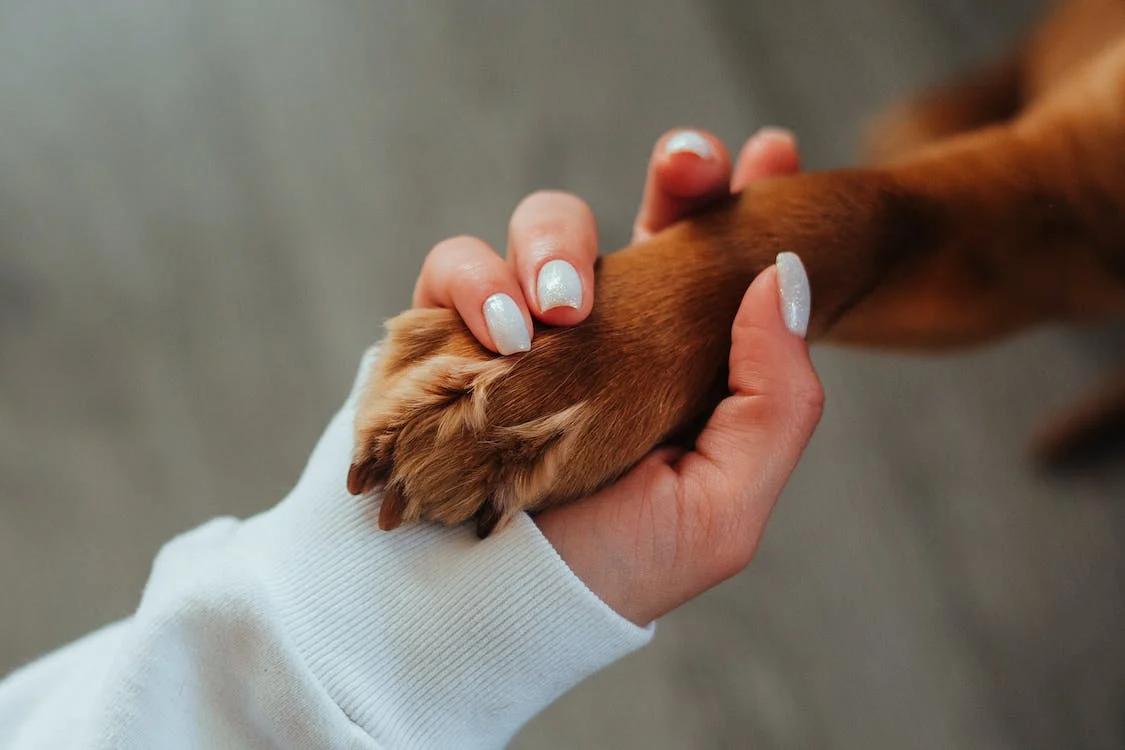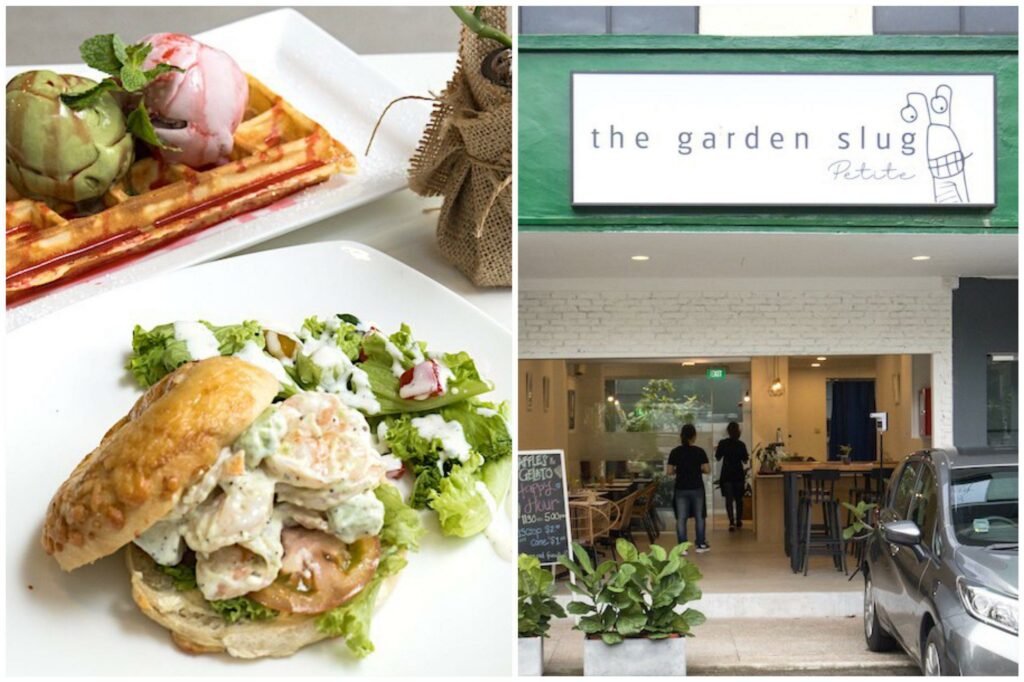
Are you a dog owner who wants to ensure your furry friend has the happiest and healthiest life possible? If so, you’re in the right place. Welcome to a comprehensive guide on the importance of healthy paws for your dog’s overall well-being. From playtime to protection, your dog’s paws play a vital role in their day-to-day activities and overall comfort. Not only do they provide essential support and stability, but they also serve as a sensory tool, allowing your dog to explore and navigate their surroundings.
However, many dog owners overlook the importance of paw care, leading to potential health issues that can significantly impact their pet’s quality of life. In this guide, we’ll delve into the significance of keeping your dog’s paws healthy, explore common paw problems, and provide practical tips and solutions to ensure your dog’s paws are in top shape. So, let’s dive in and discover how taking care of your dog’s paws can contribute to their overall well-being and happiness.
The role of paws in a dog’s overall well-being
Your dog’s paws are much more than just cute and fluffy appendages. They are a crucial part of their overall well-being. Paws serve as the foundation for your dog’s mobility, providing support and stability. Just like our feet, the paws of a dog are designed to absorb shock and distribute weight, making it easier for them to walk, run, and play.
Additionally, dogs have sweat glands on their paws, which help regulate their body temperature. This is especially important during hot weather when dogs are more susceptible to overheating. By understanding the essential role paws play in your dog’s overall well-being, you can ensure they receive the care and attention they deserve.
Common paw-related issues in dogs
Unfortunately, paw-related problems are common in dogs. From minor irritations to more severe conditions, these issues can cause discomfort and pain for your furry friend.
One of the most common paw problems is dry and cracked pads. This can be caused by a variety of factors, including hot pavement, cold weather, and excessive grooming. Another common issue is interdigital cysts, which are painful and can become infected if not treated promptly. Paw pad injuries, such as cuts and abrasions, are also prevalent, especially for active dogs who love to explore rough terrain.
These issues can be not only painful for your dog but also lead to more serious complications if left untreated. Regular paw care is crucial to prevent and address these problems.
The importance of regular paw care
Regular paw care is essential for maintaining your dog’s overall health and well-being. By incorporating a paw care routine into your dog’s grooming regimen, you can prevent potential issues and catch any problems early on.
One of the first steps in paw care is regular inspection. Take the time to examine the paws of your dog, looking for any signs of redness, swelling, or cuts. This will allow you to identify and address any issues before they worsen. Additionally, keeping your dog’s paws clean is crucial. Use a mild, pet-safe cleanser and warm water to gently wash your dog’s paws, paying close attention to the area between the toes. This will help remove any dirt, debris, or potential irritants that may cause problems. Lastly, moisturizing your dog’s paw pads is important to prevent dryness and cracking. Look for a paw balm or moisturizer specifically designed for dogs and apply it regularly to keep their paws soft and supple.
Tips for maintaining healthy paws
In addition to regular paw care, there are several tips and practices you can incorporate into your dog’s routine to maintain healthy paws.
Trim your dog’s nails
First and foremost, ensure your dog’s nails are trimmed regularly. Overgrown nails can cause discomfort and affect their gait, leading to potential paw problems. If you’re unsure how to properly trim your dog’s nails, consult a professional groomer or veterinarian for guidance.
Footwear
It is also important to provide your dog with appropriate footwear when necessary. This is especially crucial during extreme weather conditions or when walking on rough surfaces. Dog booties can protect their paws from hot pavement, cold snow, and sharp objects.
Walking surface
Additionally, be mindful of the surfaces your dog walks on. Avoid walking them on hot pavement or abrasive surfaces that can cause damage to their paw pads.
Bedding
Lastly, provide your dog with a comfortable and clean resting area. Ensure their bedding is soft and free from any potential irritants that may cause paw problems.
The benefits of using natural paw care products
When it comes to caring for your dog’s paws, using natural products can provide several benefits. Natural paw care products are formulated with gentle ingredients that are safe for your dog and the environment. Many commercial paw care products contain harsh chemicals that can irritate your dog’s paws or cause allergic reactions. By opting for natural alternatives, you can ensure the paws of your dog receive the care they need without any unnecessary risks.
Natural paw balms and moisturizers often contain ingredients like shea butter, coconut oil, and aloe vera, which provide hydration and promote healing. Additionally, natural paw care products are often free from artificial fragrances and dyes that could potentially irritate your dog’s sensitive paws.
Signs of paw problems to watch out for
As a responsible dog owner, it is important to keep an eye out for any signs of paw problems. By being proactive and attentive, you can catch and address any issues before they escalate. Some common signs of paw problems include limping, licking or chewing at the paws excessively, redness or swelling, and changes in the gait of your dog.
If you notice any of these signs or anything unusual about your dog’s paws, it is best to consult a veterinarian for a thorough examination. Early detection and treatment can prevent further complications and ensure your dog’s paws stay healthy and pain-free.
How to protect your dog’s paws during different seasons
Different seasons bring different challenges when it comes to protecting your dog’s paws.
Summer
During the summer months, hot pavement can cause burns and blisters on your dog’s paw pads. To protect their paws, avoid walking them during the hottest part of the day and opt for shaded areas or grassy surfaces. Dog booties can also provide an extra layer of protection.
Winter
In the winter, cold temperatures and snow can be harsh on dog paws. Consider using paw wax or booties to protect their paws from frostbite and ice melt chemicals. Additionally, be mindful of salted sidewalks and clean your dog’s paws after each walk to prevent irritation.
By taking appropriate measures, you can ensure your dog’s paws stay safe and healthy throughout the year.
The significance of paw protection for active dogs
For active dogs who love to run, jump, and explore, paw protection is of utmost importance. These dogs are more susceptible to paw injuries due to their high activity levels. Investing in quality dog booties or paw protectors can provide the necessary support and cushioning to prevent injuries. These protective gear options are designed to withstand rough terrain, sharp objects, and extreme weather conditions. Additionally, incorporating regular paw care into their routine is crucial. This includes inspecting their paws after each activity, cleaning them thoroughly, and applying a protective balm to prevent dryness and cracking. By prioritizing paw protection, you can ensure your active dog can continue enjoying their favourite activities without any discomfort or setbacks.
Paw care for senior dogs
As dogs age, their paw care needs may change. Senior dogs may be more prone to paw problems due to decreased mobility, arthritis, and thinner skin. It’s important to provide them with extra care and attention to keep their paws healthy and comfortable. Regular inspection becomes even more crucial, as senior dogs may develop conditions such as corns, calluses, or cysts. Trim their nails regularly to prevent discomfort and ensure their paw pads are moisturized to prevent dryness and cracking. Consider providing them with orthopaedic bedding to support their joints and provide extra cushioning. By adapting their paw care routine to their specific needs, you can help your senior dog enjoy their golden years with minimal paw-related issues.
Conclusion
Don’t overlook the importance of healthy paws for your dog. From providing support and stability to serving as a sensory tool, your dog’s paws play a vital role in their day-to-day activities and overall comfort. By prioritizing regular paw care, you can prevent potential issues and catch any problems early on. Incorporate a paw care routine into your dog’s grooming regimen, including regular inspection, cleaning, and moisturizing.
Additionally, be mindful of the surfaces your dog walks on and provide appropriate footwear when necessary. By taking these steps, you can ensure your dog’s paws stay healthy, allowing them to live a happy and active life. Remember, a little extra care goes a long way in keeping your furry friend’s paws in top shape!



































